China's Brands Need a 'Global Car'
Breaking out from the local market to achieve a rise in global brand presence, and thereby becoming a truly world-renowned brand, is the shared vision of many independent brands.
Thus, on the world stage, independent brands shine brightly. On the first day of the Munich Motor Show, Bloomberg published the striking headline "Chinese Brands Shine at the Munich Motor Show." Consequently, in the Southeast Asian and European markets, long dominated by Japanese and German companies, Chinese brands have carved out a niche and are gradually penetrating. As a result, in 2023, China surpassed Japan for the first time, becoming the world's largest automobile exporter with an export volume of 4.91 million vehicles.
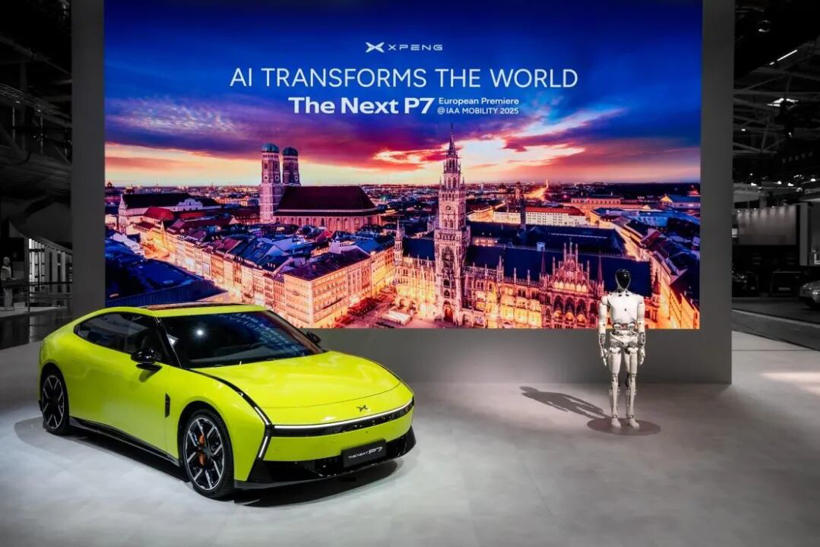
However, going global does not equate to establishing a firm presence, and having sales does not necessarily mean becoming a brand. Stripping away the halo of numbers and facing the globalization bottleneck of Chinese brands reveals that, despite exports covering over a hundred countries, it's challenging for the same model to be a bestseller in multiple mainstream markets simultaneously. Even with annual exports surpassing 5 million vehicles, there isn't a single car that can become a global symbol embodying the brand's spirit and defining industry standards, like the Toyota Corolla or the Volkswagen Beetle.
From an overseas automaker to a global brand, we do not lack technology, market, or sales, but we do lack a "global car" that sells well worldwide.
01Essential for global vehicles.
Throughout the century-long history of the automobile industry, every car company that has ultimately grown into a "world brand" possesses at least one truly global car. A global car is not merely a product sold in multiple countries, but rather the inevitable outcome of a brand evolving to a mature stage. It is based on a smooth and efficient global research and development system, supply chain, and sales network, encapsulating the brand's profound understanding of technology, culture, and user value. It not only showcases a distinct brand personality but also precisely meets the needs of global users.
It can be said that global cars are one of the best examples of car companies evolving into global brands and maturing in various aspects. In the current car market, there is no lack of fertile ground and enthusiasm for nurturing global cars.
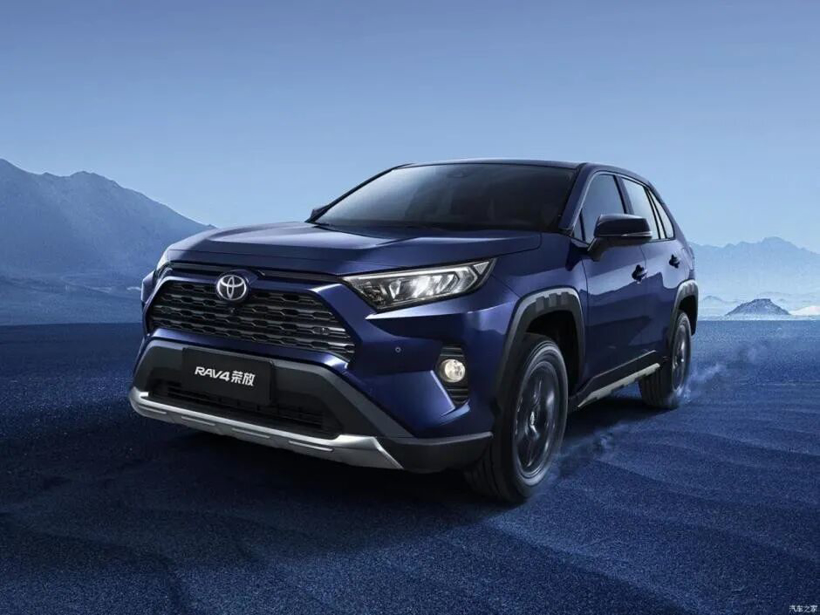
In 2024, China's automobile exports reached 5.859 million units, a year-on-year increase of 19.3%, setting a new record. China's automotive expansion not only benefits domestic brands in expanding their sales regions but also creates a win-win situation for the pressured domestic market and the globally evolving market.
On one hand, after more than a decade of rapid growth, the Chinese automotive market has transitioned from incremental competition to a stock game stage. In 2024, although China's total car sales reached 31.436 million units, setting a historical high, the year-on-year growth rate of 4.5% has significantly slowed down, indicating that the market growth dividend is gradually peaking.
More critically, as stock competition intensifies, the negative phenomena such as irrational price wars within the industry, homogenous product saturation, and excess low-end production capacity are becoming more prominent. This not only continually squeezes the profit margins and sales potential of brands but also restricts the automotive enterprises from advancing to higher dimensions in terms of innovation motivation and market order.
Against this backdrop, "going abroad" is no longer a choice for some car companies, but a collective consensus for Chinese automotive brands to break through.
At the beginning of 2025, BYD set its annual overseas sales target at 800,000 units. In just the first half of the year, it achieved sales of 470,000 units, a year-on-year increase of 132%. This figure already exceeds its total overseas sales for the entire year of 2024, demonstrating a strong growth momentum. Chery Group, having cultivated the export market for many years, saw its overseas sales surpass 1.14 million units in 2024, accounting for nearly half of its total annual sales. The overseas market has undoubtedly become its main battlefield. Changan Automobile has even clearly announced its "3311" strategic goal for 2025, aiming for overseas sales to reach the one-million-unit mark, underscoring its firm determination to advance into the global market.
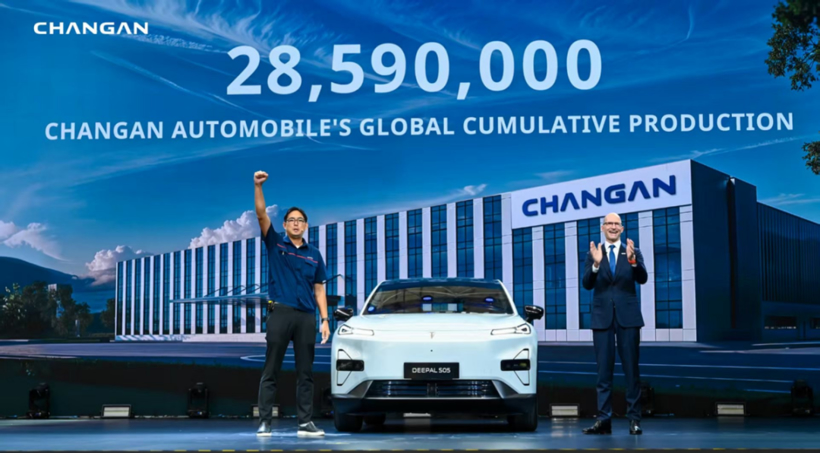
On the other hand, for the export market, the arrival of Chinese automobiles has a significant positive impact on invigorating market vitality and promoting the upgrading of the automotive industry.
In the economically underdeveloped African market, the entry of brands like BYD has made new energy vehicles no longer an unattainable distant dream for ordinary people. The academic director of trade and industrial policy at the Toyota Wessel Manufacturing Research Institute points out that after BYD entered the South African market, its pricing strategy, which is far lower than that of existing similar products locally, not only impacted the market but also made it easier for consumers to purchase electric vehicles, effectively lowering the threshold for local consumers to buy electric vehicles.
In the Southeast Asian market, long dominated by Japanese brands, the collective entry of Chinese car manufacturers has completely broken the high-price barrier built by the former. Taking the classic model Toyota Camry as an example, the same model has seen its terminal price in the Chinese market drop to 130,000 yuan, while in the Thai market, its price remains firmly locked in the range of 300,000 yuan, with a premium space exceeding more than double.

With the entry of Chinese car companies such as SAIC, Neta, BYD, Changan, Chery, and Great Wall, the bubble created by monopoly and brand premium is gradually being squeezed out. Moreover, Chinese electric vehicles are leading the market, not only promoting capacity cooperation between existing automotive supporting enterprises in Thailand and Chinese car companies setting up factories in Thailand but also accelerating the development of supply chain enterprises such as batteries and charging stations, helping Thailand form a complete electric vehicle industry chain.
In the European and American markets, after years of accumulation, the fuel vehicle market, which had been experiencing slow technological iteration and stagnating product experience, became complacent. Meanwhile, locally launched electric products often offered unsatisfactory experiences, leading to low consumer acceptance of new energy vehicles and hindering the formation of a solid foundation for electrification. At this time, the entry of Chinese new energy vehicles acted as a "catfish" that revitalized the market. With mature electric drive technology, leading intelligent interaction experiences, and product designs that better meet user needs, they not only provided local consumers with better options but also forced European and American local car companies to accelerate their transition to electrification.
02Geopolitical barriers limit Chinese cars' expansion into the global market.
Despite the fact that the expansion of domestic brands overseas was originally a win-win situation for all parties, and the current global automotive market has a strong demand for new energy vehicles, providing fertile ground for global cars, Chinese automobiles have consistently struggled to truly penetrate the mainstream markets worldwide due to stringent geopolitical restrictions and trade barriers.
"Ideal entering North America is like a dimensionality reduction strike." When discussing domestic brands lacking global cars, some industry insiders cite Ideal as an example. Although this strike force has yet to be verified in the North American market, feedback from the Russian market already reveals the potential competitiveness of Chinese car brands.
In a video by a Russian car blogger exploring a dealership, a showroom in St. Petersburg that once sold Mercedes has quietly transformed into one selling Li Auto models. Due to the high enthusiasm of customers, the dealership had to raise the test drive threshold. A comprehensive two-hour test drive now incurs a fee of 15,000 rubles, which helps filter out some on-the-fence customers. The salesperson explained, "If the test drives were free, the foot traffic here would explode." Even so, there is still a steady stream of customers coming to view cars and make test drive appointments.
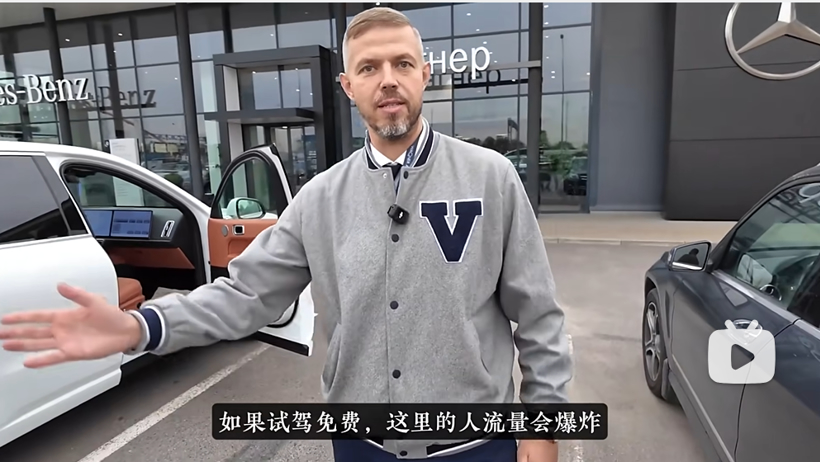
According to sales personnel, on the day the blogger visited, the store successfully sold two Ideal models, namely the Ideal L6 and Ideal L9. More noteworthy is that in 2024, without any official intervention from Ideal and relying solely on scalpers selling privately, the brand achieved a monthly sales volume of 3,000 vehicles in the Russian market, which has an average monthly car sales of 100,000 units, with prices much higher than those in the domestic market, demonstrating the appeal of their products.
Looking at the domestic situation, Li Auto's circumstances are not good. With more competitors entering the range-extended segment, Li Auto is facing challenges from both sides, and in August, its sales did not even reach the threshold of 30,000 units.
Another more representative example that illustrates the situation where Chinese cars have "product strength but struggle to expand globally" is Jia Yueting's release of the Faraday Super One. Except for differences in the front display screen, this model is almost identical in design and configuration to the Great Wall Gaoshan 9, and traces of the Gaoshan 9 name can even be found on the official website page. Furthermore, subsequent responses from Wei Jianjun, the chairman of Great Wall Motors, about middlemen operations and assembly from scattered parts indirectly confirmed this rumor.

From the feedback on over ten thousand orders revealed by Jia Yueting, it can be seen that this model is quite popular among consumers in the U.S. market. This also indirectly confirms that the product strength of Chinese automobiles could potentially attract global users, but due to non-product factors, it is difficult for them to enter mainstream markets through formal channels.
On one hand, the public is delighted and even willing to pay extra to scalpers for purchase, while on the other hand, car manufacturers are under sales pressure and urgently need overseas markets to alleviate domestic pressure. However, the clouds of geopolitical tension and the high walls of trade barriers mercilessly stand in the way of Chinese car companies like Li Auto.
Taking North America as an example, the United States not only imposes tariffs on complete vehicles but also targets imported automotive parts. Under pressure from the United States, Mexico, which is currently the largest market for Chinese automobile exports, has also begun to take action against Chinese cars, planning to raise the tariff rate on Chinese imported vehicles to 50% and informally rejecting BYD's intention to build a factory locally.
In Europe, the situation is equally bleak. Since the imposition of temporary anti-subsidy duties on Chinese pure electric vehicles last year, the subsequent policy direction remains unclear. This means that if Chinese new energy vehicles are to enter the European market, they will not only have to meet stringent emissions, safety, and other regulatory standards but also bear additional tariff costs. These costs will ultimately be passed on to consumers, significantly undermining the product's cost-performance advantage.
Clearly, geopolitical limitations and trade barriers have become core obstacles for Chinese car manufacturers in creating global vehicles and deepening their presence in overseas markets. However, the absence of a global vehicle ultimately cannot support Chinese brands in their transition from domestic automakers to global brands. Although the road to breaking through for Chinese global vehicles is challenging, it is imperative.
03Mutual efforts in both directions, China is determined to achieve success in the global automotive market.
Since directly confronting the barriers is difficult, it would be better to change the approach by aligning with regional demands through customized production. By establishing localized setups, we can bypass trade restrictions and simultaneously address the shortcomings in quality and after-sales service, paving the way for the emergence of a global car.
Just like the Leap Lafa5, which is developed based on the mainstream two-door car market in Europe, it targets middle-aged groups abroad and young consumers seeking individuality domestically, achieving precise alignment with regional demands through the same model but two different positioning strategies.
Faced with rising trade barriers, localized production has become an unavoidable strategic choice. BYD building a factory in Hungary and XPeng expanding production capacity in Europe are not only strategies to circumvent tariff barriers but also ways to deeply integrate into local supply chains and consumer contexts, achieving a transition from export to implantation. Just like the paths previously taken by international brands such as Volkswagen, Honda, and Toyota, after realizing the full localization of R&D, production, sales, and service, Chinese brands can truly achieve sustainable development in overseas markets.
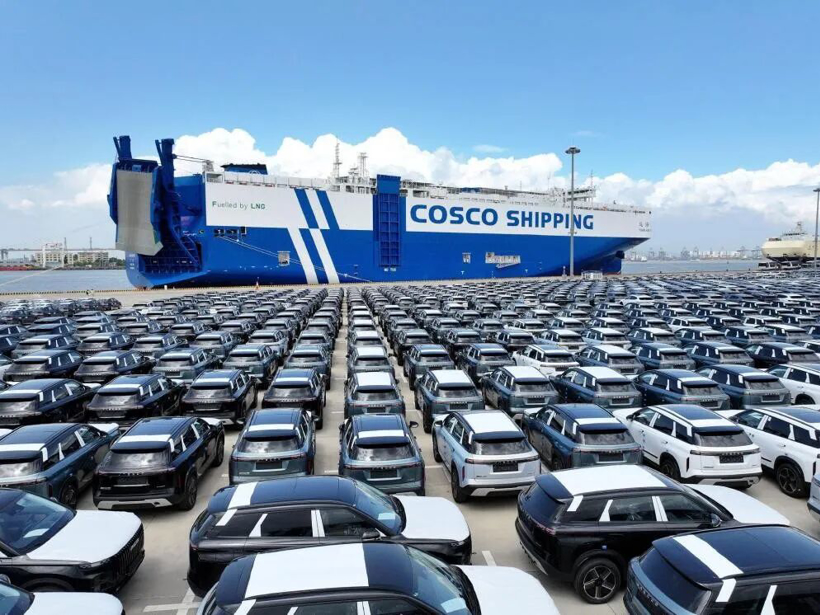
At the same time, Chinese car companies must continue to address shortcomings in their quality systems and after-sales services. Currently, some enterprises still simply apply domestic market products and strategies, resulting in certain models being ill-suited for the harsh environments and usage habits of export regions. Additionally, the overseas after-sales service system is not yet well established, leading to consumer dissatisfaction and hindering the establishment of brand trust.
However, a global car is not only a concept of sales range but also a symbol of quality and reputation. It needs to withstand the long-term tests of different markets, cultures, and usage environments, and establish global users' trust in Chinese brands. This is not only a challenge to technical capabilities but also a comprehensive test of the entire operational system.
For Chinese brands, becoming a global car manufacturer is a crucial leap from being an "automobile powerhouse" to a "brand stronghold." Today, leading automakers such as BYD, Geely, and Chery are driving Chinese brands to new heights, accumulating global competitiveness in fields like battery, electric drive, and intelligent driving technologies. A globally popular car is the best testament to this strength and serves as a strong proof that Chinese brands are breaking the price-performance ratio label and entering the global high-end arena.

For the world, such a Chinese car is also indispensable. In the current context of accelerated global electrification transition, Chinese automobiles, with their mature electric drive technology, leading intelligent interaction, and affordable pricing, can provide consumers with intelligent, comfortable, and energy-efficient high-quality options. They can also compel the global automotive industry to accelerate innovation, driving the entire industry towards a more sustainable and dynamic direction.
A Chinese brand needs a global car, which is an inevitable step for industrial upgrading; the world needs a Chinese car, which is an urgent market demand. When these two needs meet, the global journey of Chinese automobiles will eventually reach a historic moment of transformation from quantitative accumulation to qualitative leap.
【Copyright and Disclaimer】The above information is collected and organized by PlastMatch. The copyright belongs to the original author. This article is reprinted for the purpose of providing more information, and it does not imply that PlastMatch endorses the views expressed in the article or guarantees its accuracy. If there are any errors in the source attribution or if your legitimate rights have been infringed, please contact us, and we will promptly correct or remove the content. If other media, websites, or individuals use the aforementioned content, they must clearly indicate the original source and origin of the work and assume legal responsibility on their own.
Most Popular
-

List Released! Mexico Announces 50% Tariff On 1,371 China Product Categories
-

EU Changes ELV Regulation Again: Recycled Plastic Content Dispute and Exclusion of Bio-Based Plastics
-

Case Study | Clariant AddWorks™ Additives Solve Plastic Yellowing Problem
-

Mexico officially imposes tariffs on 1,400 chinese products, with rates up to 50%
-

Wanhua Chemical Transforms Annual Production of 60,000 Tons PBAT Facility to Produce PETG






